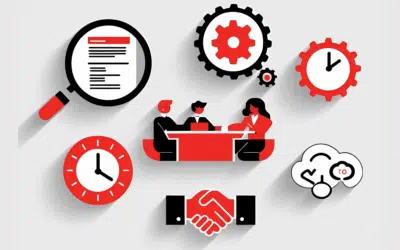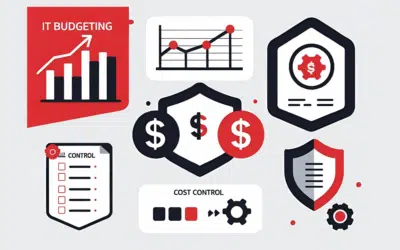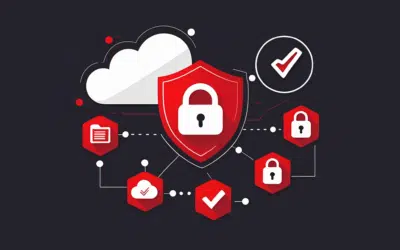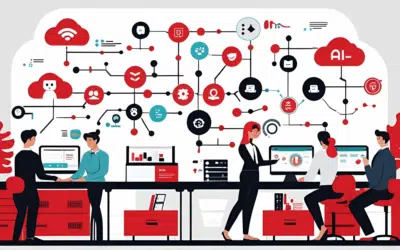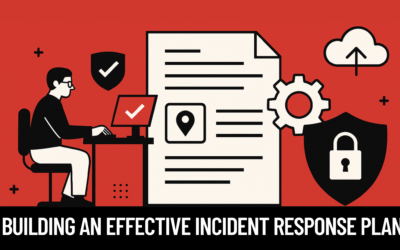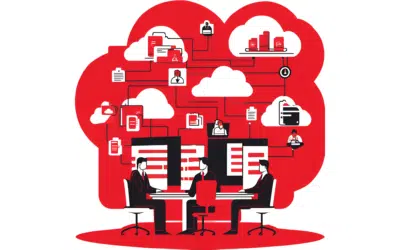Following the let-down that was Windows 8, Microsoft has been determined to impress – so much so that has skipped number 9 and jumped right to Windows 10. Now the new operating system’s release has been confirmed for July 29, and Windows-based small businesses are clamoring to try out its impressive new features. Here is the rundown of the things you need to know before you spend your summer upping the ante with Windows 10.
You can get it for free
They say the best things in life are free, and that might just be the case with Windows 10. Microsoft has kept its word about making its newest operating system free to access – at least if you’re currently running an authentic version of Windows 7 or 8.1, its two most recent releases. You’ll enjoy a free lifetime upgrade to Windows 10 provided you make the move within the next year and, better still, it’s an automatic upgrade directly from your existing Windows 7 or 8.1 interface. If you’re running an older version of Windows, you’ll need to make a fresh install and you’ll also need to pay – the various available versions of Windows 10 are expected to retail starting at $119.
It’s being launched in phases
Although the official release date is July 29, in reality Microsoft is expected to undertake a phased launch. This means that you might not end up using the brand new Windows 10 on July 29 itself – instead, Microsoft is likely to make the new operating system available to desktop and laptop users first, and only later to mobile and other devices. What’s more, the firm already has its next move in the pipeline. Upgrade and update plans for Windows 10 are anticipated to be on the way in two phases, in June and October 2016. But we are expecting these changes, codenamed Redstone, to come in the form of more minor tweaks to the Windows 10 infrastructure rather than a full overhaul.
It’s the last you’ll see of Windows
Microsoft has made no secret of the fact that it sees Windows 10 as the operating system’s final release. But that’s not quite as ultimate as it sounds – this is not really the end of Windows. Instead, what we’re seeing is the transition of Windows from a product to a service. Microsoft envisions a future where, instead of major new versions of Windows emerging every few years, there are regular improvements and updates – far beyond the WIndows Updates that we know at the moment.
It’s likely that version numbers will come to play far less of a role in system updates in the future – in much the same way as mobile apps operate, we’ll instead settle into enjoying a frequently updated service that incorporates the latest features Microsoft has developed. And while some have expressed fears that this could lead to home and business users being tied into a subscription model in order to stay up to date, Microsoft appears committed to ensuring that ongoing upgrades are free.

